#james doyle
Text

Squiggly bridge over the River Clyde in Glasgow
James Doyle Scotland
#James Doyle Scotland#james doyle glasgow#james doyle#james doyle mis sold car finance#james doyle uk#james doyle scotland
0 notes
Text

Lawrence Gordon, James Wilson, Jake Doyle, Will Graham.
#thank you and goodnight#saw#lawrence gordon#will graham#nbc hannibal#republic of doyle#jake doyle#house md#james wilson#hannigram#chainshipping#hilson#goober post
369 notes
·
View notes
Text


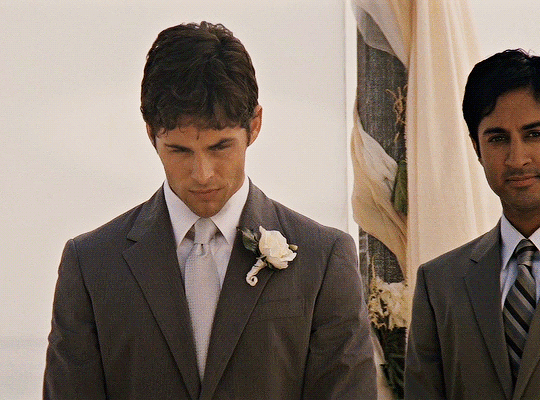




#27 dresses#rom com#romantic comedy#love this#movie#movies#filmedit#filmedits#love#Katherine Heigl#jane nichols#james marsden#kevin doyle
122 notes
·
View notes
Text
heartthrob behavior
#james marsden the babygirl that you are#james marsden#27 dresses#kevin doyle#ronald gladden#jury duty#jury duty freevee#sonic the hedgehog#tom wachowski#westworld#teddy flood#x men#cyclops#the notebook#nicholas sparks#lon hammond#lon hammond jr.#hairspray#corny collins#enchanted#prince edward#prince edward enchanted#the way i’m listing off these movies because of the way he displayed his resume at all times in jury duty skdjdhks#credit: @tokyolovehotels on twitter ♡#miss mitten posts
350 notes
·
View notes
Text
We see one of the very rare moments where Holmes is afraid, in the Granada Holmes episode The Final Problem. And it is in the presence of Professor Moriarty.
He shields himself with his robe and is clearly shaken, judging by his breathing. But there's also a look of anger and disgust when he clenches his teeth for just a moment.
Then he begins to speak. His voice falters at "You..." and there are odd pauses between "You... have... paid me", as though he's attempting to gather his courage again to say one last thing to Moriarty before he walks out the door.
Not to mention that Moriarty could kill him at any time, there being a deadly weapon concealed as a cane right there in Moriarty's hand which he had literally cocked and aimed directly at Holmes moments prior to this clip.
Holmes isn't afraid of death, but Moriarty has such a sense of menace about him that it's no surprise that Holmes is scared. In this episode, Mrs. Hudson even compares Moriarty to the 'devil himself'.
However, Holmes still has the suaveness to insult Moriarty by not even calling him by the correct title. Moriarty is a professor, but Holmes refers to him as simply "Mr. Moriarty". While we call our professors 'Mr.' nowadays, it was actually a sign of scholarly prestige in those times. So it's safe to say that Holmes doesn't stay stunned for very long.
#sherlock holmes#the adventures of sherlock holmes#the final problem#sir arthur conan doyle#arthur conan doyle#conan doyle#acd#granada television#granada holmes#professor moriarty#professor james moriarty#jeremy brett#eric porter#analysis#character analysis#ramble#rambles#thought#thoughts#video
134 notes
·
View notes
Text

congrats to the happy couple and a happy 'sherlock holmes is fully in the public domain' day to all who celebrate
#yes i know it was already almost entirely in the public domain#and the doyle estate had very very little actual control#but that's not the point#the point is they are gay#(i usually prefer ace readings of holmes myself but this is just for fun)#i think it entirely appropriate that this is the first kiss i have ever drawn#sherlock holmes#john watson#(i assume most people here go with john and not james?)#i'd have put more time into this but i wanted to post it today#edit: whoops wrong background
493 notes
·
View notes
Text
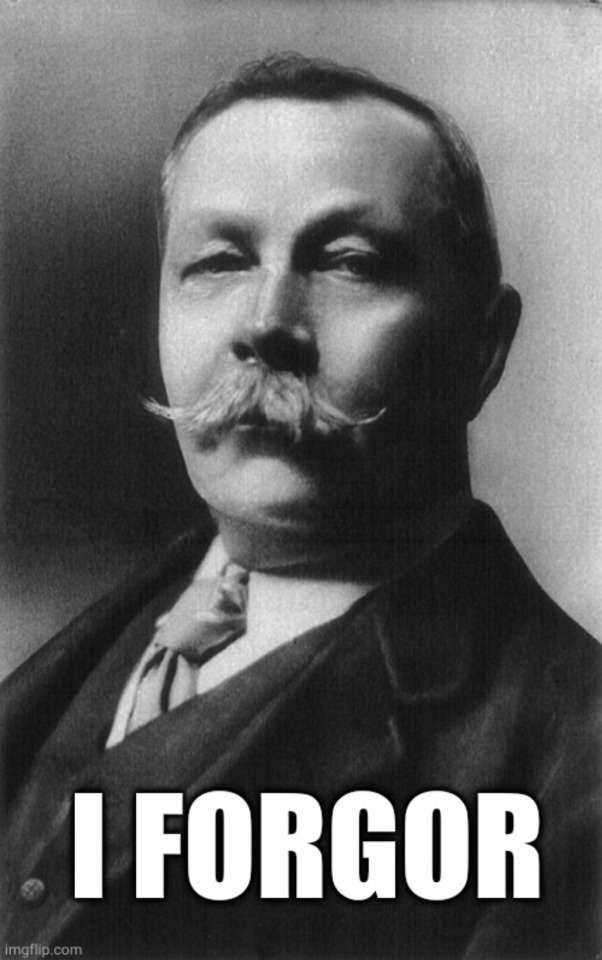
To everyone who's ever had to deal with the continuity of the Sherlock canon: I am so sorry
#was gonna go on a whole rant but it's okay. doyle dont caare and neither should i#i love you john james watson with your two three wives and your shoulder leg bullet and your impossible timeline#letters from watson#sherlock holmes#idk why stockbroker's clerk broke me lol. had been falling behind so ig the sherlock marathon i just had did things to my brain
260 notes
·
View notes
Text
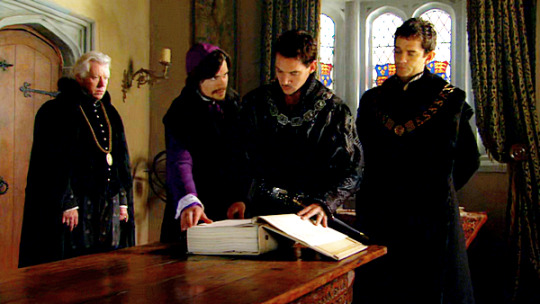

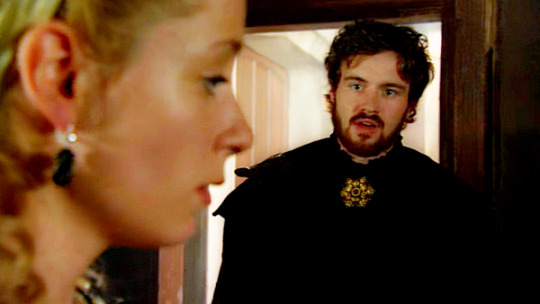




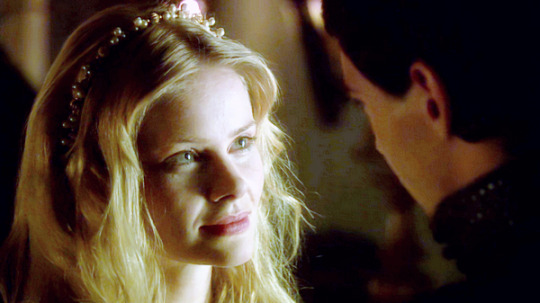
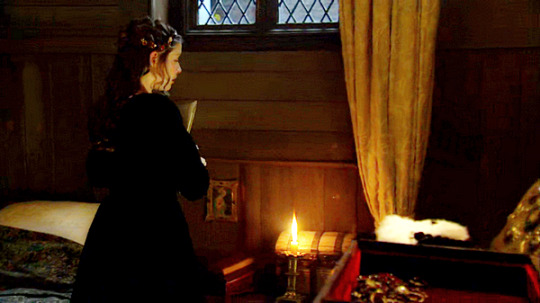
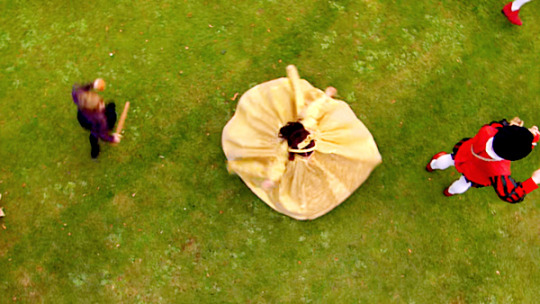
⚜♛ @thetudorsgifs: THE TUDORS WEEK ♛⚜
Day One - Best Episode:
Season Two, Episode Seven - Matters of State
#the tudors#thetudorsedit#thetudorsweek2023#perioddramaedit#nick dunning#hans matheson#jonathan rhys meyers#james frain#natalie dormer#krystin pellerin#jamie thomas king#henry cavill#maria doyle kennedy#anita briem#sarah bolger#my edits#thomas boleyn#thomas cranmer#henry viii#thomas cromwell#anne boleyn#elizabeth darrell#thomas wyatt#katherine of aragon#jane seymour#mary i#caps#tudorscaps
100 notes
·
View notes
Text

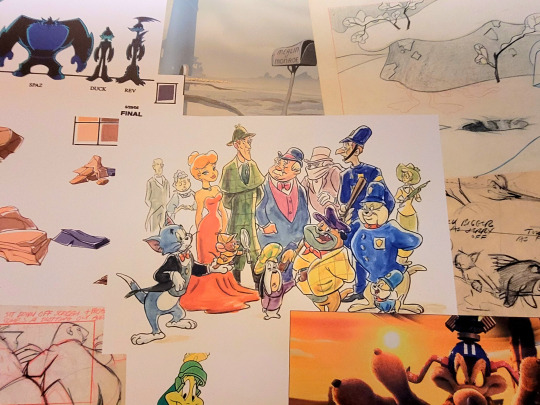

This early development artwork for “Tom and Jerry Meet Sherlock Holmes,” went to live on, as part of the collage wallpaper at the office (along with many other fun projects).
#Spike Brandt#Jeff Siergey#Tony Cervone#Arthur Conan Doyle#Tom Jerry#MGM#WB#Warner Bros Studios#Tom and Jerry Meet Sherlock Holmes#Miss Red#Sherlock Holmes#John Watson#James Moriarty#Droopy#Butch#Spike#Tyke#painting#watercolor#concept art
42 notes
·
View notes
Text
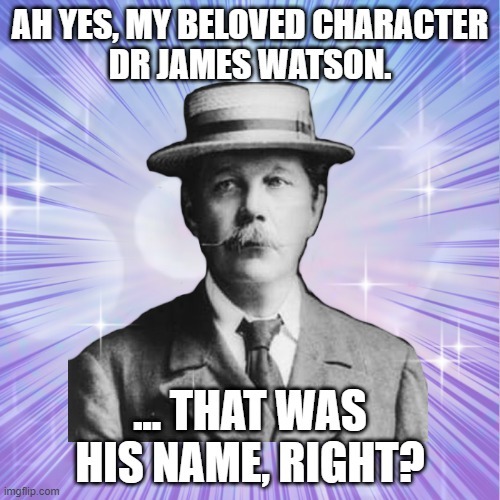
[Meme image, black and white image of Arthur Conan Doyle with a sparkly starburst effect round him, text reading 'Ah yes, my beloved character Dr James Watson. ... That was his name, right?"]
I think this might have been created on the day of the founding of the Letters from Watson discord, and FINALLY I can post it here.
#letters from watson#john watson#james watson#arthur conan doyle#the man with the twisted lip#TWIS#I'm assuming that's the abbreviation and can't be bothered to check#sherlock holmes
253 notes
·
View notes
Text
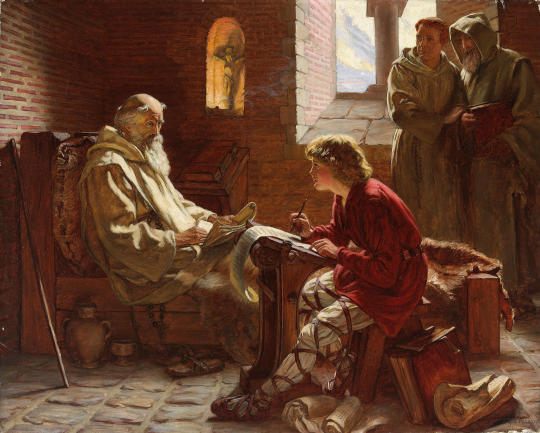
The Last Chapter by James Doyle Penrose
#bede#art#james doyle penrose#saint bede#the venerable bede#venerable bede#bede the venerable#deathbed#gospel of st john#medieval#middle ages#england#english#anglo saxon#anglo saxons#christianity#christian#monk#monks#religion#religious art#bible#writing#translator#translation#translating#history#europe#mediaeval#great britain
42 notes
·
View notes
Text
James Doyle Glasgow
#james doyle#james doyle glasgow#james doyle scotland#james doyle mis sold car finance#james doyle uk#hire purchase finance#james doyle founder#james doyle ceo#SoundCloud
0 notes
Photo


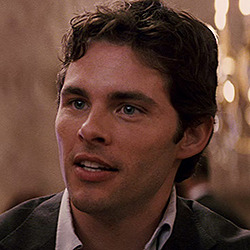
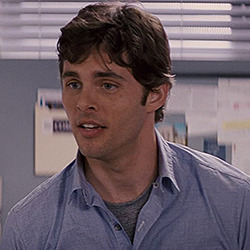

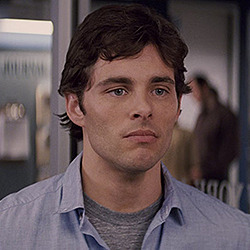



James Marsden as Kevin Doyle in “27 dresses” icons.
like if you save or use.
#james marsden#james marsden icons#kevin doyle#27 dresses#katherine heigl#jane nichols#anne fletcher#romcom#romcomedit#enchanted#enchanted 2007#disenchanted 2022#dead to me#The Notebook#sonic movie#sonic the hedghog movie#hairspray#hairspray 2007#the best of me#prince edward enchanted#x men#scott summers#gossip#2000s#2000s nostalgia#2000s movies#late 2000s#2000s fashion#2008#icons
210 notes
·
View notes
Text
Observation: There is a significant lack of Jeremy Renner characters spicy fics. I need more. 🥰💜

#jeremy renner#clint barton#jason walsh#mike mclusky#aaron cross#william brandt#james coughlin#brian gamble#william james#hansel#cory lambert#jerry pierce#ian donnelly#sergeant doyle#we need more fics
26 notes
·
View notes
Text
silly little headcanon time
since we get to see Spock basically quote Sherlock Holmes, it is now my belief that he's read the books.
Sherlock was Spock's first crush. He found his logic and demeanor interesting and flattering, appreciated the way he never had time for people that weren't willing to listen to him and/or some sort of asset to him. Appreciated that Sherlock plays violin, especially when he needs time to just sit and ponder some big mystery. Found his chemical dependency illogical but could over look it because he was amazing to read about. There wasn't anything Sherlock couldn't achieve with his logic and higher level of thinking. And then Spock grew a bit older and realized that wasn't a crush at all, it was more along the lines of representation. He related to Sherlock, he wasn't crushing on the man. With that knowledge he decided to spend his spare time rereading his mother's old books.
Only on his reread the only character he could seem to pay attention to was Dr. John Watson. The way he acted without thinking, how angry he would get with Sherlock for being so apathetic towards everyone and everything that wasn't the case he was actively involved with. The way Watson seemed to balance out the parts of Sherlock that were disliked by the vast majority of characters in the story. The head strong soldier who was willing to risk it all to help someone in need. He found his infatuation with John Watson fascinating. Eventually he finishes his reread of the old stories and gets caught up in growing up.
He recalls Sherlock Holmes from time to time, typically in passing, often when he looks at a fellow Starfleet officer and says, "Once you eliminate the impossible whatever remains, however improbable, must be the truth."
And then he meets the hard headed, fiery, strong willed cadet who already - in his first two weeks in the academy - made a reputation for himself being quick to act, James Tiberius Kirk.
#star trek#star trek headcanons#silly little headcanons#spock#kirk#spirk#star trek aos#star trek thoughts#aos spirk#james t kirk#captain kirk#commander spock#sir arthur conan doyle#acd sherlock#acd sherlock holmes#sherlock holmes#john watson#is this love or is it just finally seeing someone in media you can relate to?#don't ask spock#he doesn't know#not until he meets kirk anyways#mine#meta#okay i've thought a lot about this#i've decided#it does apply to#the original series#tos spirk#star trek tos#jim kirk
441 notes
·
View notes
Text
Review: "Evil Roots: Killer Tales of the Botanical Gothic"

Authors: Nathaniel Hawthorne, Arthur Conan Doyle, Lucy H. Hooper, Charlotte Perkins Gilman, H. G. Wells, Edmond Nolcini, M. R. James, Ambrose Bierce, Howard R. Garis, William Hope Hodgson, Edith Nesbit, H. C. McNeile, Abraham Meritt, Emma Vane
Editor: Daisy Butcher
Date: 03/01/2023
Rating: ⭐⭐⭐⭐⭐
________________________________________________________
I think I ordered this book some time during summer, after I accidentally stumbled upon it on an online bookstore. I love anthologies and I love plants, so this title definitely intrigued me enough to order it. I finally decided to read it around Christmas and finished it during a recent trip, so it's officially my first finished book of the year.
"Evil Roots: Killer Tales of the Botanical Gothic" is an interesting anthology of short horror stories by quite a few well-known authors. From the creator of Sherlock Holmes, to the acclaimed writer of "The Yellow Wallpaper", all the way to the legendary H. G. Wells, this collections features some hidden gems of the late 19th and early 20th century. While the stories are certainly old-school, they could still be regarded as timeless classics and masterful creations.
Most stories revolve around the fascination of the exotic - of unknown plants that are in some way dangerous to humans (or other organisms) and which originate from far away places, like South America. There's mentions of exquisite poisonous flowers, murderous liana, mysterious wisteria, and the weirdest of them all - carnivorous plants.
It is interesting just how much the writers and, by default, the general public were fascinated by exotic flora which, in one way or another, transcended the known laws of nature. Plants were considered sedentary, passive, and at the bottom of the food chain, but as new discoveries were being presented and as more people, professionals and amateurs alike, from the western civilization started their expeditions in new places, society was being introduced with oddities that seemingly didn't follow any established rules. So while the horror in this collection is displayed through various flora, the true horror is derived from the simple fact that humans fear what they cannot understand. One of the most frightening things a person, especially a scientist, can experience is realizing that they will never be able to fully predict nature's capability to adapt and to evolve.
Of course, this theme goes hand in hand with the understanding that it is dangerous altering the natural order of things. While this could also be understood as criticism to the human tendency to play god, there isn't much religious commentary throughout the collection. The stories are centered around ecology, evolution, and biology, highlighting how humans shouldn't meddle with something as powerful as nature - which they will never fully understand, let alone be able to control. Even though the writers do create a feeling of dread through the fear of nature, the horror is actually realized through characters that underestimate its abilities and that have the need to disfigure nature in order to measure their own capabilities.
Furthermore, this collection highlights the uncomfortable fascination western civilization had with other cultures. The urge to study new exotic phenomena on their own accord, to test the limits of human science on something they don't fully understand with little to no regard of the laws of nature and the test subject's true needs, is somewhat perverse. These scientists are conducting experiments in uncontrolled environments, and playing with their test-subjects in order to test their own abilities and knowledge. It is a portrayal of poor research. They're acting out of curiosity with little to no regard of the consequences. It is not their subjects that are evil, for they have been brought up and mistreated in an environment completely unnatural to their habitat, but their tormentor, who butchers them through extreme studies. This is usually evident through a secondary character, most often a colleague, who tries to stop the scientist in their mad experiment before it's too late. The horror is, therefore, found in the abuse executed by the brazen oppressor, not in their vicious, abnormal creations.
The fact that the aforementioned themes barely scratch the surface of all the ideas featured in this collection, prove how layered and compelling all the featured stories are. The editor also did a marvelous job with a lovely foreword and an intriguing introduction to each of the authors and their respective work. Of course, as with every short story collection, not all works are equally strong, but "Evil Roots: Killer Tales of the Botanical Gothic" is still a gorgeous anthology and a noteworthy testament to a relatively overlooked category of horror.
#evil roots#evil roots: killer tales of the botanical gothic#daisy butcher#nathaniel hawthorne#arthur conan doyle#lucy h. hooper#lucy h hooper#charlotte perkins gilman#h g wells#edmond nolcini#m. r. james#h. g. wells#ambrose bierce#howard r. garis#howard r garris#william hope hodgson#edith nesbit#h. c. mcneile#m c mcneile#abraham merritt#emma vane#horror#botany#botanical horror#speculative fiction#review#book review#rc2024#2024#reading challenge
42 notes
·
View notes